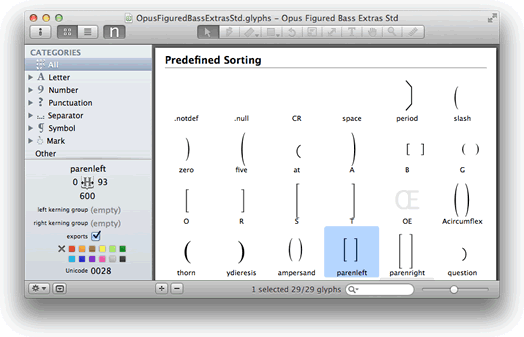
- REMOVE BRACKETS TRIPLET 8THS SIBELIUS ULTIMATE FULL
- REMOVE BRACKETS TRIPLET 8THS SIBELIUS ULTIMATE WINDOWS
To add a bracket or brace to systems, use one of two methods: Drag a bracket symbol from a palette on to an empty space in the first measure of the staff where you want the bracket to start. There, you will find the same Beam and Rest Groups dialog as is available from within the time signature dialog, and you can first define the meter as (3,2,3,3) to allow the quintuplet on the last beat. 72 MuseScore provides standard brackets and a curly brace within the Brackets palette in the advanced workspace. If you have already entered your meter and have note input completed for the most part and beam groups set visually the way they should be elsewhere, select just the bar you want to enter the quintuplet on the last beat in (or from there out if you haven’t already done entry past this point) and choose the Beam Groups from in the Appearance tab. When you first create the time signature (T) select More Options, then in the Time Signature dialog, choose “Beam and Rest Groups…” Look for “Group 8ths (quavers) as:” and make sure the beam and rest groups are set correctly to support your quintuplet. Moreover, the bracket which one would expect to ordinarily group the percussion instruments together doesn’t apply to these instruments, and the barline. This looks really funny since these are single-staff instruments. Categories Rhythm & Meter, Sibelius, Tuplets Tags editingĬreating a quintuplet in the last beat of an 11/8 bar actually works for me, so if I were to guess, I would think that the beat grouping of the meter is set to 3,3,3,2 rather than the 3,2,3,3 you are looking for. In Sibelius, when creating a new score, by default Sibelius places a brace on the glockenspiel and vibraphone.
REMOVE BRACKETS TRIPLET 8THS SIBELIUS ULTIMATE FULL
The end result is a tuplet that correctly spans the full beat duration without requiring duration dots:įor my friend and colleague Lior Rosner. The Format section of the dialog allows you to display the tuplet value as a number, a ratio, or hidden: In Sibelius 6, select Tuplet… from the Create Menu.Įnter the tuplet ratio, in this case, 7:6. User-editable files Sibelius lets you create your own: Ideas (2.3 Ideas) House styles (8.2 House Style) Plug-ins (1.27 Working with Plug-ins (Sibelius Ultimate Only)) Worksheets (1.25 Worksheet Creator (Sibelius Ultimate Only)) Arrange styles (3.17 Edit Arrange Styles (Sibelius Ultimate Only)) Chord symbol libraries (5.8 Chord. To open the tuplet dialog in Sibelius 7.x, select Other from the Tuplets group popup in the Note Input Tab: the only problem is Finale wont recognize a triplet of three 8ths in the space of one quarter notated with just a quarter note. Here, you are given the flexibility to enter the tuplet value as a specific ratio. However, for the above case, it should actually be 7 sixteenths in the space of 6 sixteenths.įortunately, a simple solution can be found in Sibelius’ Tuplet dialog.

This is because Sibelius is interpreting the default septuplet request as 7 sixteenths in the space of 4 sixteenths (2 eighths).

REMOVE BRACKETS TRIPLET 8THS SIBELIUS ULTIMATE WINDOWS
By default, if you select a 16th note or rest on the downbeat in 6/8 time and create a default septuplet (CNTRL-7 Windows or CMND-7 Mac), you end up with an extra 8th rest: Q: How can I get Sibelius to create 16th septuplets in a bar of 6/8 without the duration dots?Ī: It’s a great question.


 0 kommentar(er)
0 kommentar(er)
